APRIL 2025





Meet Mike Welsh, Verandah’s Landscape Maintenance Manager and steward of Verandah’s common spaces. Each day, starting at dawn, Mike orchestrates a seeming unlimited number of tasks to keep Verandah looking lush, clean, and beautiful. This involves taking care of the VCA’s common areas, the dog park and dog waste receptacles, the access road to Publix, safe pace radar signs, nature trails and boardwalks, front gate areas, perimeter walls, pedestrian sidewalks, and more.
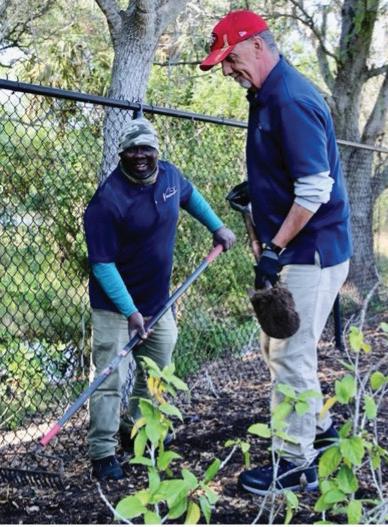
Mike and his team members Shamar and Fred tend to Verandah’s many needs. Their responsibilities include oversight of irrigation, fertilization, mulch and pine straw application, pest control, as well as trimmings and plantings. Beyond landscape maintenance, the maintenance team contributes to the cleanliness of Verandah by policing for litter and promptly removing deceased animals. Additionally, they take proactive
to enhance safety by marking sidewalks for trip
and conducting repairs such as crack
replacements. They
and
walls including pressure washing, vine removal, caulking, ant control, and breach repair. They work at the entrances of Verandah and 25 neighborhood monuments where they coordinate maintenance activities such as power washing, painting, and checking on lighting and electrical work. They re-staked over 40 trees after Hurricane Ian and managed contracts to plant over 80 new trees to replace trees lost in the hurricane. You may have noticed the lovely new tabebuia trees with their pink blossoms and the annual flower beds popping with red, pink, and white color.
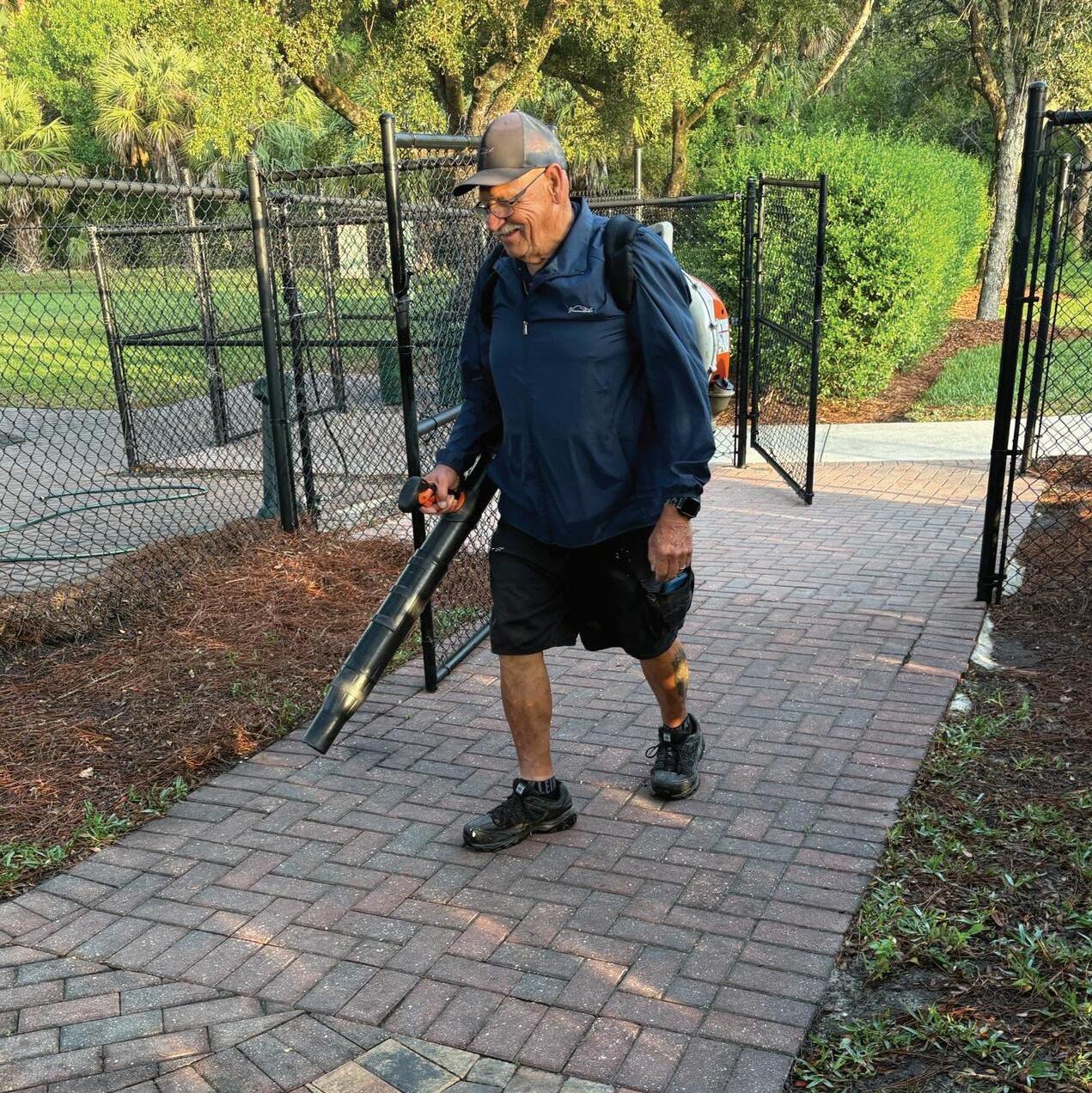
Beyond the management of common areas, Mike oversees contractors responsible for delivering landscape services to twelve neighborhoods. He supervises construction activities related to common area projects,

ensuring execution and adherence to quality standards. When he isn’t outside making the rounds in his Kubota, he is in his office handling bid requests and contractor qualifications, ordering supplies, and monitoring the maintenance budget.
Mike came to us in 2023 from New Jersey after a 25+ year career as an auto mechanic and auto parts sales. We are so fortunate to have Mike and his maintenance team. They are dedicated to protecting, enhancing, and maintaining the beauty of our community.
Production Directors
Stephen Miller
Elizabeth Miller
Sales Department
Margo Williams
Miranda Ledbeter
Alyssa Debban
Corey Bank
Justein Matthias
Webmaster
Selina Koehler
Production Manager
Lee Nostrant
Production Department
Elaine Donholt
Ruth Nekoranec
Katie Heystek
Dianne Strout
Karen Kalisz
Michelle Feeney
Andie Reynolds
www.seabreezecommunications.com
Seabreeze
The
The Verandah View is a publication of the VCA. We work with Seabreeze Communications, a marketing company whose advertising provides the revenue to produce the View at now cost to the Verandah community. The content is prepared by the VCA Communications Committee.
Writing and Photography by the VCA Communications Committee
Elizabeth Lynch, Editor
Alice Borowsky
Stephanie Levin
Susan Shamey
Norm Toback
David Keeley, Board Liaison
Linda Lach, Adviser and Board Member

The VCA Bench Sponsorship Program provides a meaningful way to honor the legacy of a special person or loved one, recognize a special achievement/milestone, express appreciation or remember a special event, while contributing to the beauty and quality of life in Verandah.
Already over twenty homeowners have donated to fund a commemorative bench. In February our maintenance team completed installation of four benches along Verandah Boulevard. We hope you relax and enjoy the beauty. (continued on page 5)


Several sites along the Boulevard remain available for additional benches. The commemorative benches are a maximum of six feet long, composed of recycled materials, are installed on a concrete pad, and showcase the donor’s or donors’ approved plaque inscription. The ongoing maintenance (e.g., power washing, minor repairs, etc.) is performed by the VCA.
The Bench Sponsorship Program
is a community initiative aimed at commemorating individuals or honoring
achievements through the funding of improvements to our green spaces. Our donors hope you enjoy these benches.

KATHLEEN QUARTO
If you like little adventures that are fun, educational and entertaining, a Trendy Tour to the Wick Theatre in Boca Raton, FL checks all the boxes.
We (the Quartos, June Gillis and Sara Fosbery) took a comfortable, air-conditioned bus to the East Coast allowing Joe, our very experienced bus driver, to navigate roads and traffic until we reached our destination-The Wick Theatre and Museum. There we were treated to an immersive video experience (a la Van Gogh exhibit!) titled

Dressing the Edwardians. It was complete with costumes of that period that were worn in Broadway productions like Music Man, My Fair Lady and Titanic. Our tour included a backstage visit, a three-course lunch in The Tavern at The Wick (decorated to look like the Tavern on The Green in NYC), a singer who performed several Broadway numbers for us and then finally, a wonderful performance in the Wick Theatre of “Beautiful, the Carole King Musical”. It was a fun and full day and Joe, our capable bus driver, expertly got us back to Fort Myers in the evening.
Try Trendy Tours if you want to add a little adventure to your life and see parts of Florida that you may have missed. Their website is www.TrendyToursFlorida.com. (continued on page 7)


LEFT TO RIGHT SARA FOSBERY, JUNE GILLIS, KATHLEEN QUARTO, AND MICHAEL QUARTO AT THE TAVERN AT THE WICK

MICHAEL QUARTO SITTING NEXT TO THE DOORMAN’S COAT FROM THE REAL TAVERN ON THE GREEN, AND A MAN’S JACKET MADE FROM A TABLECLOTH FROM THIS FAMOUS RESTAURANT (DON WOLLENHORST, EAT YOUR HEART OUT
)


The babies in the Golisano Children’s Hospital’s Level 111 Neonatal ICU (NICU) are babies who are born before 32 weeks’ gestation, who weigh less than 3.3 pounds at birth, or they have critical medical or surgical conditions regardless of whether they are pre- or full-term. These babies come from all areas within Southwest Florida, as Golisano is the only Level 111 NICU between Miami and Tampa.
As parents we hope and expect our birth experience to have a joyous ending. But, when your baby gets transferred to a NICU, you are scared, sad, and overwhelmed. You’ve lost control as you watch helplessly as your newborn is surrounded by machines and medical procedures in a very unfamiliar environment. You feel a sense of loss from not being able to hold your baby. And that’s where the work of our Sew & Sews is meant to help, in small but meaningful ways, by providing a sense of connection for the parent who cannot always be together with their baby.
The Sew & Sews make identical flannel hearts – one worn by the parent and the other the baby. A number of moms have recounted that they can smell their baby on the heart and this helps them pump milk for the baby. This is important because pumping can be difficult for a mother who cannot yet hold her child.
Since some babies, depending on their health condition, spend several months in
the NICU, they may spend a number of holidays there. The babies in Golisano’s NICU recently all received a Valentine’s Day hat made by our Yarn Arts group, making the day a little more cheerful. Our Sew & Sews Yarn Arts group also makes hats for the babies for Easter, the 4th of July, Halloween and Christmas, and they are eagerly awaited by families whose baby has been in the NICU for a significant amount of time.

When the baby is ready to go home, our Sew & Sews Yarn Arts group is ready with an individualized pink or blue “graduation cap” and a handknit or crocheted blanket for him or her. As they begin this transition to home, the baby and parents are honored with “Pomp and Circumstance” broadcast throughout the NICU. The family and the staff who have cared for them gather to celebrate their achievement, while the baby blanket enfolds the baby with love and comfort. (continued on page 9)


Kindness is helping the world, one person at a time.






Music Bingo with DJ Jay
Tuesday, April 22
5:30 – 7:30 | The River House



What could be more fun than spending an evening with friends and listening to great music? Add a little BINGO for some friendly competition and a chance to WINE (yes, you read that right). You could win some wine, with a little extra surprise in the bag.
And what ladies’ night would be complete without a little dancing? DJ Jay
And what ladies’ night would be complete without a little dancing? DJ Jay knows how to mix up the fun with great music bingo and some extra time to get your groove on.
It’ll be a fun-filled evening to wrap up a fantastic VWSC season.

STEPHANIE LEVIN
Have you ever wished you could invite a literary critic and professor emeritus in contemporary literature to your book club meeting to explain the nuances of plot line and characters? Well, we have the next best thing!

You and/or your book club can go to her! Every season at Artis—Naples, the Critic’s Choice Lifelong Learning Program hosts Elaine Newton, professor emeritus of humanities at York University in Toronto, Canada. She has just completed the 35th season of the Critic’s Choice Literary Series and has an enthusiastic and loyal following. Season ticket holders attend on Thursdays and individual ticket holders attend on Saturdays.
Every April, Elaine posts her Critic’s Choice Summer Reading List online. In late summer, she posts the Critic’s Choice Series of six contemporary literary selections for the season, many of which are from her Summer Reading List. She often invites an author to join her and interviews them onstage. Recent authors have included Amor Towles, Ann Patchett, and Meg Wolitzer.
Make a day of it! The Waterside Shoppes are a short walk from Artis-Naples, with several nice restaurants for lunch while discussing the book and program.
Elaine Newton’s Summer Reading List can be found at artisnaples.org. Go to Learn, Lifelong Learning, Critic’s Choice.








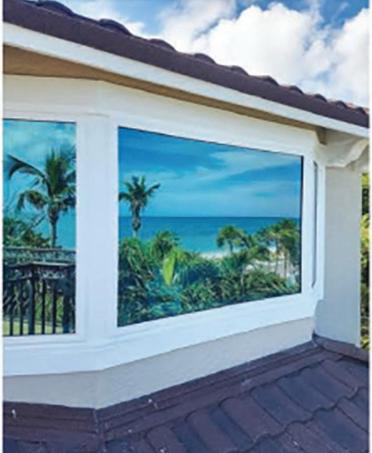






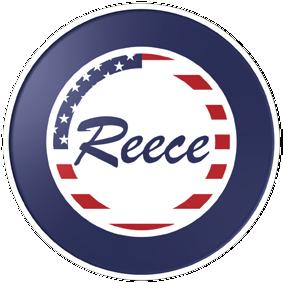

Monday, April 7, 2025 from 4 PM-5:30 PM in The Fitness Center
Dr. Heather Walsh-Haney is a forensic anthropologist and professor at FGCU. Her work as a forensics expert takes her to natural and inexplicable disasters. She works with law enforcement and morticians both locally and nationally identifying human remains. Dr. Walsh-Haney has used her expertise at the aftermath of Katrina, 9/11 and many other troubling and scary events.
You won’t want to miss the last VCU event of the 2024-2025 season!
If you are a fan of the TV show “Bones,” you may have a little understanding of the Professor’s valuable work. However, her experiences are real and an authentic picture of the world in which we live.
Register on the Club’s Event Calendar or at verunifm1@yahoo.com.
Tuition is $10 payable in cash at the door.
You won’t want to miss the last VCU event of the 2024-2025 season!



At first sight, you may think the lubber grasshopper is a very attractive insect with its bright vibrant colors of yellow, orange and black. But beware! This handsome insect has a voracious appetite and can devour and damage many plants, including vegetable crops, citrus and ornamentals. They have been known to feed on 100 different plant species. In the landscape, their favorite plants are from the lily family such as Crinum and Amaryllis, but will munch on most any broadleaf plant, leaving irregular holes in their wake.
The Eastern lubber, a native of Florida, is one of the largest insects in North America. Its average length is 3 inches, females larger than males. The insect has wings but does not fly. It navigates by walking and climbing. Because of its slow movement, it was named lubber, after an old English word, “lobre,” meaning lazy or clumsy, a good way to describe this insect. Their bright color is a defense mechanism, a warning to
predators to stay away. It also synthesizes a toxin from the plants it ingests and secretes it as a froth when threatened.
There is one generation of lubber per year. The female lays her eggs in the summer. In the spring when the soil warms, the nymphs (immature grasshoppers) emerge. In the Verandah, they can frequently be seen marching in rows across pavement adjacent to the preserve areas. This usually occurs in February to early March. The nymphs are black in color with a small red, orange or yellow stripe. They will go through 5-6 molts (continued on page 16)

before becoming an adult. During this period, they will feed ferociously.
The lubber has no natural enemies because of their tough exoskeleton and bitter taste, except for the Loggerhead shrike. This small bird captures and decapitates the insect before impaling it on a sharp object such as a thorn. He then leaves it there to bake out the toxin before eating.
Insecticides are relatively ineffective in controlling the adult lubber grasshopper.
They can be used in the nymph stage before the exoskeleton hardens, if necessary. In the home landscape, the best method of control is hand picking and submerging in a bucket of soapy water or stomping on them.
The lubber has no natural enemies because of their tough exoskeleton and bitter taste, except for the Loggerhead shrike.

Walking, biking, or golfing in Verandah, you’re almost guaranteed to encounter the Ibis—a bird as charming as it is iconic. With its down-curved bill and sociable nature, the Ibis is a fixture in Verandah’s landscape, often seen probing the ground in groups as if enjoying a communal feast.

The most common Ibis in Verandah is the White Ibis, a medium-sized wading bird with a sleek, white body, black wingtips, and a striking red face and bill. Adults are easily recognized by their long, curved bills, which they use to forage in mud and shallow water for small crustaceans, insects, and even frogs. Juvenile ibises are quite different in appearance, with brown and white plumage that gradually transforms into the pure white feathers of adulthood. Male and female ibises look similar, although males are slightly larger.
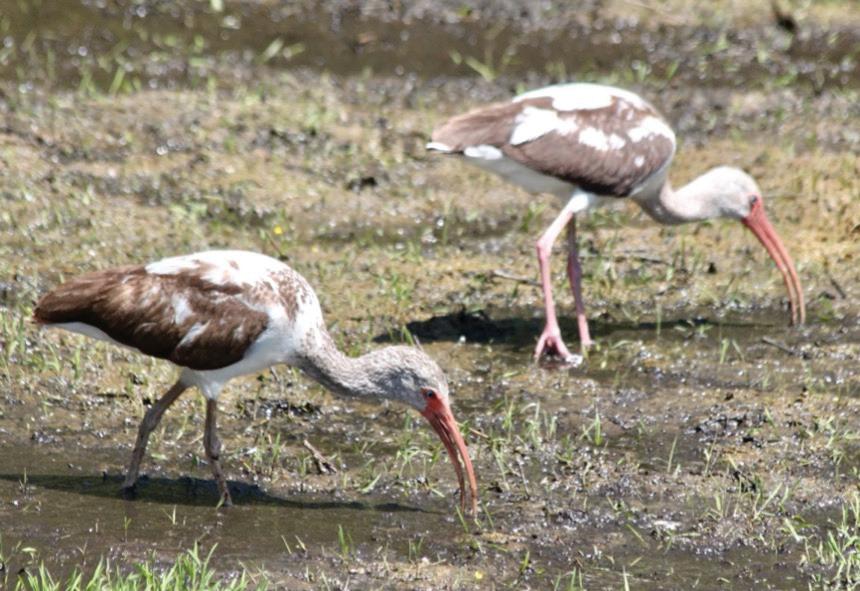
Ibises are highly social birds, often seen in flocks that feed, rest, and fly together. Their “honking” calls are distinctive, especially when large groups gather in the evening to roost in trees near water. Groups of Ibises are often seen foraging on grass lawns throughout Verandah. They use their long, curved bills to probe the ground in search of hidden prey. They rely on a tactile feeding method, feeling rather than seeing their food, which includes insects, small invertebrates, and occasionally seeds. As they walk through grassy areas, they repeatedly open and close their bills, effectively sensing and capturing prey beneath the surface. This method allows them to efficiently exploit food sources in both wet and grassy habitats. Their social nature often amplifies this foraging behavior, as multiple Ibises moving through the same area can stir up prey, increasing feeding opportunities for the group.
(continued on page 18)
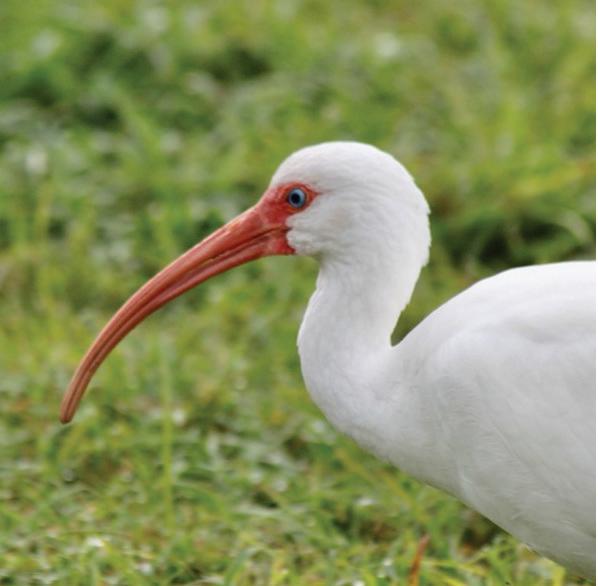
They are monogamous during the breeding season, with both parents sharing the duties of incubating eggs and feeding chicks. Juvenile ibises stay with their parents for several weeks, learning to forage and fly as they mature. They are born helpless and take weeks to develop their signature curved bills, starting with short, straight bills that grow longer and curve as they mature.
Ibises have a remarkable ability to sense approaching hurricanes due to their sensitivity to changes in atmospheric pressure. When a storm is imminent, these birds often leave their usual habitats and move inland to safer areas, sometimes gathering in large flocks. Early Floridians and indigenous peoples observed this behavior and used it as a natural storm warning system. After hurricanes pass, Ibises are among the first birds to return to affected areas, resuming their foraging. Their ability to weather storms and
adapt to changing conditions makes them a symbol of survival in Florida’s climate.
Whether gracefully flying overhead in a V-formation or foraging in Verandah’s green spaces, the Ibis is a cherished part of the bird life here in Verandah. Their graceful movements, whether wading in the ponds or walking across a lawn, are a simple but beautiful reminder of the natural world we’re lucky to live alongside. Their social nature and the way they seem to always be busy with their curved bills make them endlessly fascinating to watch. It’s hard not to smile when we see these delightful birds.
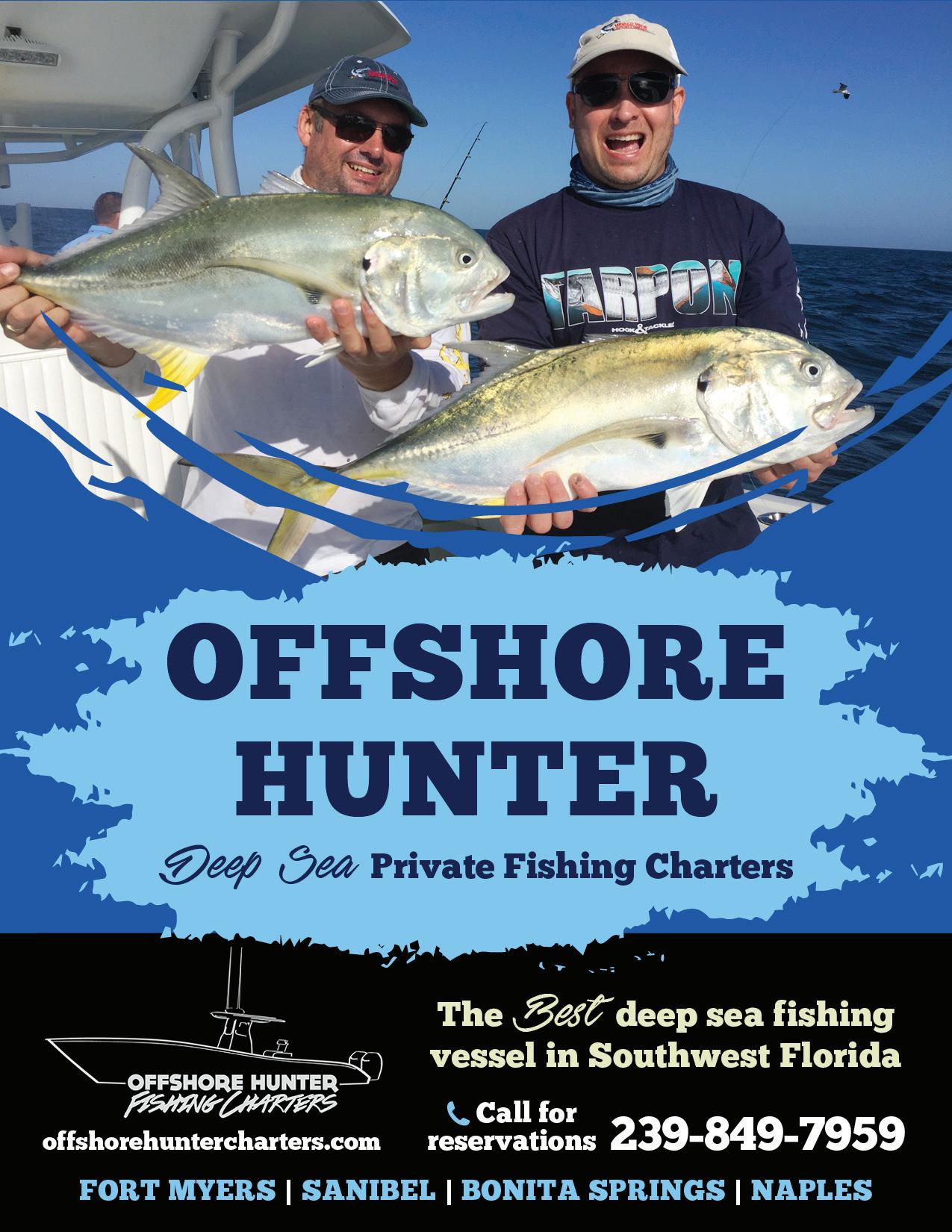
Oliva is a one-year-old very energetic water loving Lab. She spends every day either in the pool or in the lake at her summer Minnesota home. Oliva is named after baseball Hall of Fame baseball player Tony Oliva with the Minnesota Twins. Oliva is the last of five Labs of the Hannas’ that have been named after Minnesota
Twins baseball players. Oliva is the consummate Twins fan! When not swimming, Oliva loves her Kong rope stuffies and loves lap time with her people! Oliva’s proud people are Beth and Dan Hanna.
A beloved pet’s photo, whether dog, cat, horse, bird, or fish will be featured in the
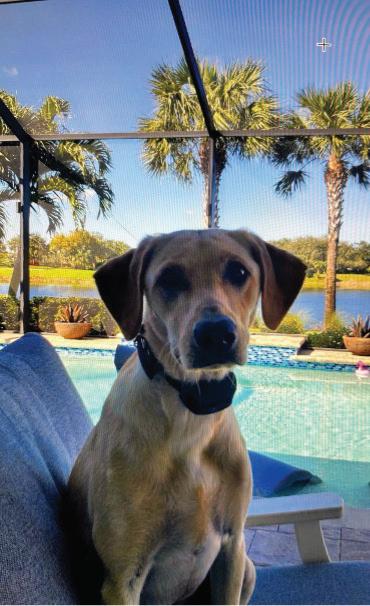
Verandah View Pet of the Month. Resident owners can send in a photo with pet’s name, owner’s name, type of pet, and one sentence or two about their pet by texting Susan Shamey at (724) 3552478 or email sshamey@ ymail.com. Pet photos will be randomly chosen from entries-big or small. All pets are beautiful to their owners.
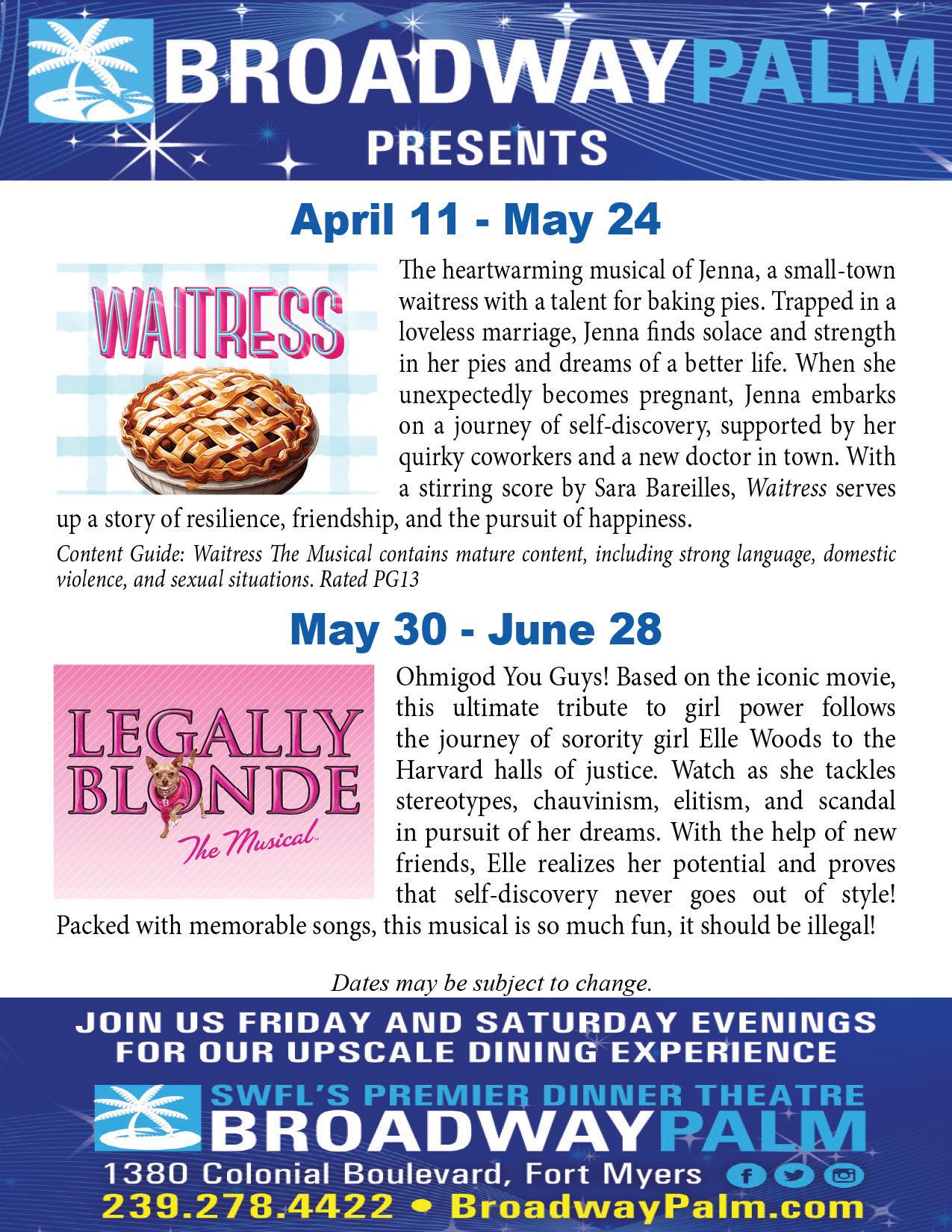


The 6th annual VWSC Fashion Show was a sold out event with 250 women enjoying fabulous fashions, food, and friendship. Our very own VWSC women modeled some of the latest fashions personally selected by Dillard’s stylists. Verandah Golf Club provided fashions showcasing the season’s hottest active wear.
The Verandah Women’s Social Club (VWSC) aims to bring the women of Verandah together to foster connection, community, and belonging. Visit vwsc.club for more information.


• 2 lemons
• 2 cups cilantro leaves finely chopped, plus more for garnish
• 1 clove garlic minced
• 1 large shallot minced
• 1/3 cup olive oil
DIRECTIONS
• 1 teaspoon coarse salt
• 1/2 teaspoon freshly ground pepper
• 16 jumbo shrimp (about 1 1/4 pounds) shell on
• 1/4 cup dry white wine
1. Squeeze juice from 1 lemon into a small bowl. Add cilantro, garlic, shallot, 1/4 olive oil, salt and pepper. Combine, and set aside.
2. Using a paring knife, split each shrimp down the back, cutting just enough to expose the vein. Remove veins, leaving shells and tails intact.
3. Fill the spaces between the shells and flesh with cilantro mixture.
4. Cut second lemon into 8 wedges.
5. Heat 2 teaspoons olive oil in a large skillet over medium-high heat. Arrange 8 shrimp and 4 lemon wedges in skillet; saute until shrimp is pink and opaque, about 3 to 4 minutes per side. Remove from pan and set aside. Repeat with remaining shrimp and lemon, adding remaining 2 teaspoons olive oil.
6. Pour white wine into empty skillet. Using a wooden spoon, scrape up any cooked-on bits: cook over medium-high heat until reduced by half, about 1 minute.
7. Pour sauce over shrimp and rice.* Garnish with cilantro.
*I use Carolina Saffron Rice; would also be good with basmati rice.
